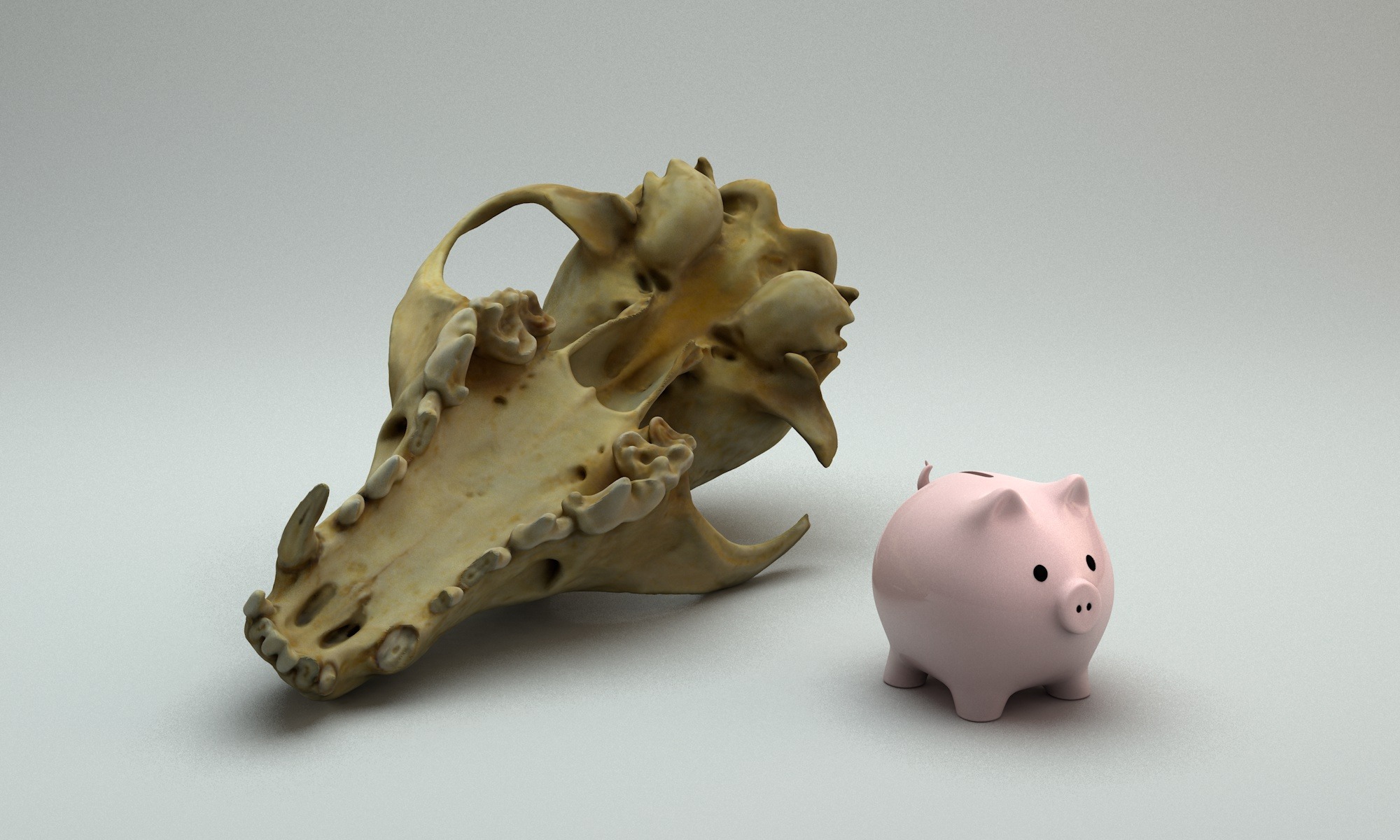Countless stories have been handed down to us over the years about artists vying with each other to see who was more successful at playing tricks on the senses. Let us take just one well known example from the many anecdotes:1 the artist Parrhasios observed some sparrows flying in to peck at a bunch of grapes depicted so realistically in a mural painted by his fellow artist Zeuxis. Later he invited Zeuxis into his atelier to show him that he, too, was a master of this art. Once inside Parrhasios’s studio, Zeuxis reached out to draw aside the curtain that was apparently concealing the other’s picture, only to realize that what he thought was a curtain was no curtain at all, but indeed the picture itself. While the skill of one artist had succeeded in tricking the birds, the skill of the other was capable of tricking even a fellow professional. The wealth of evidence, anecdotal or otherwise, testifying to the deceptive effects of pictures on animals and human beings is undeniable; trompe l’oeil curtains achieved great popularity in 17th century art and even in our own times the photorealistic painting of the 70s was a response to the public demand for this kind of optical subtlety considered the highest form of artistic mastery. This style has always sought to emulate nature even in its finest detail and has striven to overcome the distinction between illusion and reality.
Continue reading “Aspects of Stereoscopy”Stereoskopische Anamorphosen
Eine Sonderform dreidimensionaler Abbildungen, mit der sich unvergleichlich spektakuläre Effekte erzielen lassen, sind stereoskopische Anamorphosen; diese Bezeichnung wurde von Achim Bahr geprägt und erstmals für sein Immaterielles Schachspiel verwendet. Im Unterschied zu herkömmlichen Stereobildern liegt dieser Darstellungsmethode eine spezielle Wiedergabetechnik zugrunde: Bei der Betrachtung des — waagerecht liegenden — Bildes aus einem schrägen Blickwinkel von ca. 45° richtet sich das Motiv auf und erhebt sich senkrecht aus der Fläche! Obwohl das virtuelle Modell perspektivisch erscheint, bleibt der Maßstab in jeder Richtung erhalten.
Continue reading “Stereoskopische Anamorphosen”Neuschwanstein – 3D
Stereoskopische Anamorphose
Hinweis zur Betrachtung
Um den besonderen Effekt dieser dreidimensionalen Ansicht von Neuschwanstein hervorzurufen, legt man das Bild zunächst waagerecht vor sich. Man hält den Rotfilter der Farbbrille vor das linke und den Grünfilter vor das rechte Auge und betrachtet das Bild aus einem schrägen Blickwinkel von ca. 45°. Es wird richtig gesehen, wenn die Darstellung sich aufrecht und gerade aus der Bildfläche erhebt. Der höchste — achteckige — Turm erscheint dann etwa 11 cm groß.
Continue reading “Neuschwanstein – 3D”Neuschwanstein – 3D
Stereoscopic Anamorphosis
Instructions for viewing
To cause the exceptional effect of this three-dimensional view of Neuschwanstein first of all you lay the picture horizontally in front of you. Holding the red filter of the color spectacles to the left eye and the green filter to the right one, you observe the image from a diagonal angle of about 45°. It is correctly seen when the representation raises straight upright out of the plane. The tallest — octagonal — tower then roughly measures 11 cm.
Continue reading “Neuschwanstein – 3D”Stereoscopic Anamorphosises
Exceptional three-dimensional pictures that achieve incomparably amazing effects are stereoscopic anamorphosises. This term was introduced by Achim Bahr, who himself used it the first time for his work Immaterielles Schachspiel. In contrast to customary stereo-pictures, this way of representation underlies a special technique of reproduction: When the picture, that lies horizontally in front of the observer, is seen from a diagonal angle of about 45°, the representation raises straight upright out of the plane! Although the virtual model appears perspectively, the scale is always preserved in all directions.
Continue reading “Stereoscopic Anamorphosises”
